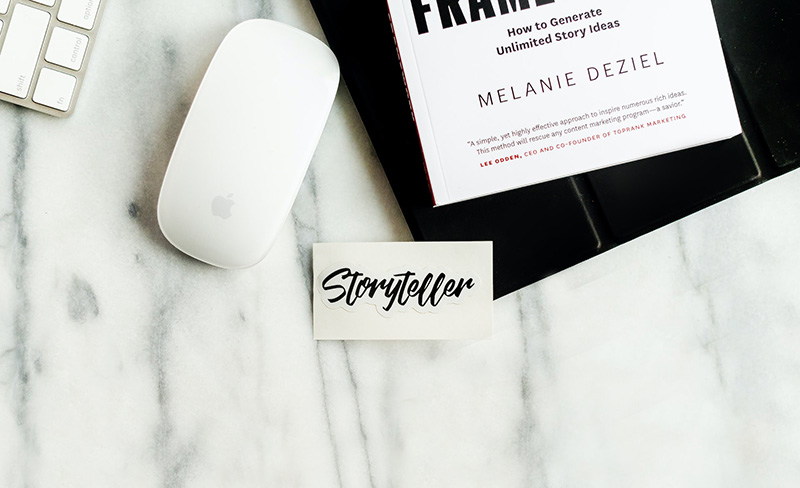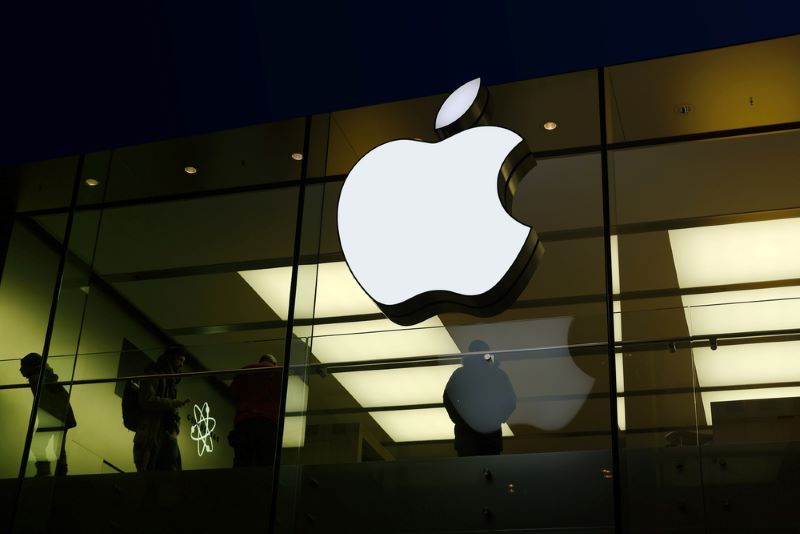There’s power in your story. As a brand, it isn’t only about the products and services that you offer, but also what will get the attention of your target market. Social media is meant to communicate, so telling your brand’s story can make a difference.

In branding, storytelling is no longer just a marketing tool; it’s also a way to build an emotionally-driven relationship with your audience, establishing trust, loyalty, and relevance.
Here’s how you can build a narrative that stands the test of time:
Think of your brand as the hero, not the product
In brand storytelling, the brand itself often takes on the role of the hero. However, it’s crucial to position the brand in a way that resonates with its audience’s journey, not merely as a product or service. The brand’s narrative should focus on its mission, vision, and the broader impact it seeks to make, rather than the features of its offerings.
Maintain consistency and authenticity
Consistency doesn’t just mean using the same color palette and font styles on different channels. It means ensuring that every story you share about your brand connects with each other. This includes everything from your social media to your website, as well as your offline advertising.
Build a layered narrative strategy
Successful brand storytelling isn’t just about one narrative; it’s about crafting multiple layers of narrative that intersect, creating a cohesive story across different channels, contexts, and customer touchpoints.
Every compelling story has a beginning, and so should your brand. The origin story would be the emotional backbone that connects your audience to your mission. For established brands, the origin story may be about revisiting and refreshing your roots, evoking nostalgia, or highlighting the ongoing evolution of your vision.
Then, your brand promise will serve as the heart of your value proposition. This is where your brand’s narrative turns into actionable, measurable value. Your brand promise should speak directly to the needs and desires of your target audience.
As your business grows, so should your story. Brand evolution is essential, particularly in industries where trends, technologies, and consumer behaviors are constantly shifting. Nike’s narrative, for example, evolves from inspiring athletes to pushing boundaries, helping customers “Just Do It” and achieve greatness.
Lastly, you need to establish a shared emotional connection by aligning your values with your audience’s ideals.
Let others tell your story
While it is great to tell people your unique story, others might think it is purely promotional. That’s why it’s so important to showcase stories that are told by your audience, too. User-generated content will encourage customers to share their experiences and allow them to become co-storytellers of your brand. Their stories add authenticity and social proof, enhancing trust and building community.
The power of brand storytelling relies on the ability to create an identity that deeply connects with your audience, making your brand not just a mere product or service. By approaching storytelling not just as a marketing tool but as a foundational aspect of brand identity, your brand can achieve a deeper, more meaningful connection with customers, ensuring sustained relevance, engagement, and growth.
You may also like: Why Your Logo Design Needs Strategic Intent
Image source: elements.envato.com



